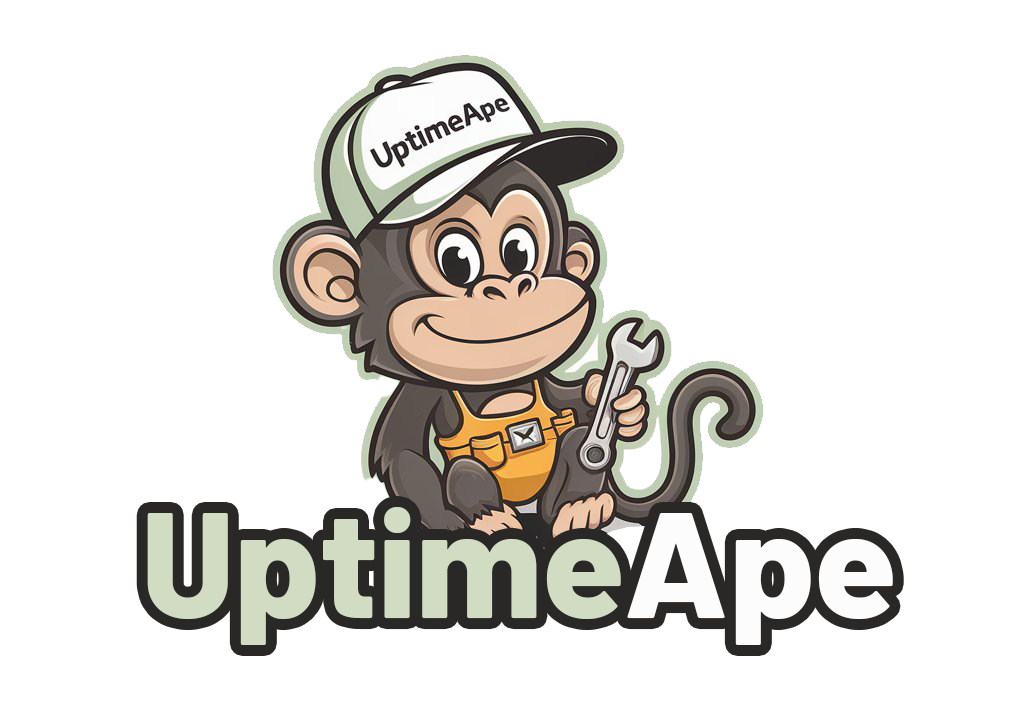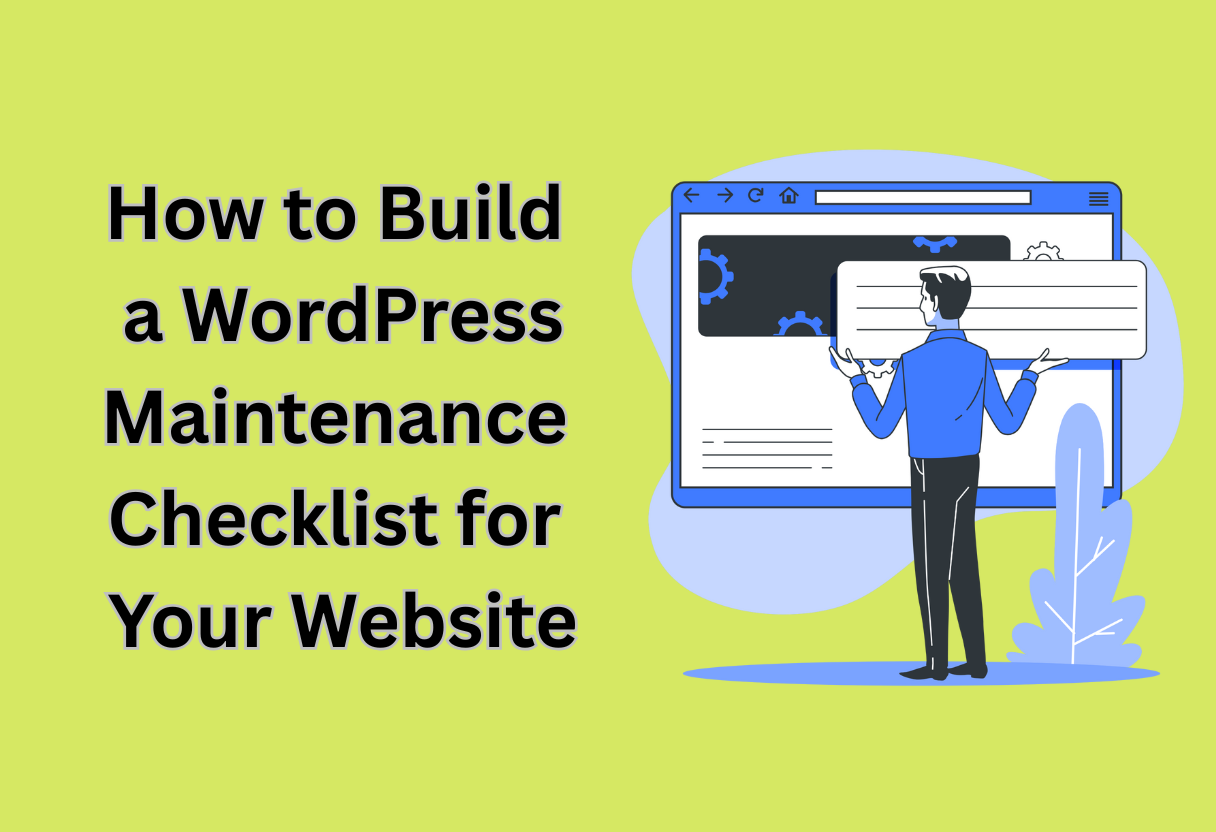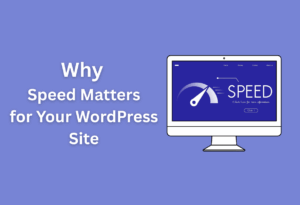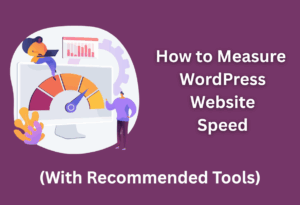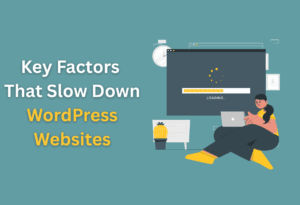WordPress websites require regular maintenance to ensure optimal performance and security. By creating a comprehensive maintenance checklist, you can systematically manage updates, backups, and security measures that keep your site running smoothly.
In this guide, you’ll learn how to develop a practical checklist tailored to your website’s needs, enabling you to maintain a healthy and efficient online presence. Let’s examine the steps to craft your personalized WordPress maintenance checklist.
Understanding the Importance of a WordPress Maintenance Checklist
For any website owner, having a solid maintenance checklist for your WordPress site is vital for ensuring its longevity and performance. Regularly checking and maintaining your website not only enhances its functionality but also boosts user experience, security, and search engine rankings. By adopting a maintenance mindset, you’re proactively guarding against issues that can impact your online presence.
Benefits of Regular Maintenance
Any website requires upkeep to thrive, and regular maintenance offers numerous benefits. You can enhance site performance, extend the life of your website, and improve security against vulnerabilities. Furthermore, a well-maintained website fosters customer trust and can lead to increased traffic and conversions.
Key Factors Influencing Website Performance
Even though you may have a stunning website design, there are several key factors that influence its overall performance. By focusing on these aspects, you can optimize user experience and functionality:
- Website speed
- Mobile responsiveness
- Quality of hosting services
- Regular updates and backups
Perceiving these elements will enable you to prioritize areas that require attention, ensuring your site remains accessible and efficient.
Website performance is not just about aesthetics; it’s integral to how users interact with your content. By considering the following aspects, you can pinpoint potential areas of improvement:
- Image and media optimization
- Use of caching plugins
- Database cleanup
- Monitoring uptime and downtime
Perceiving the importance of these factors allows you to create an environment that supports both your visitors and your business goals.
Essential Components of a WordPress Maintenance Checklist
Even the best-designed websites need regular upkeep. A well-crafted maintenance checklist can help you keep your WordPress site running smoothly and efficiently. Here are the necessary components you should include in your maintenance routine.
Backups
Backups are vital for preserving your website’s data. You should establish a consistent backup schedule, ensuring that both files and databases are securely saved. This way, if something goes wrong, you can easily restore your website to a previous state.
Updates
Recommended updates include the core WordPress software, themes, and plugins. Keeping these elements up to date not only enhances performance but also protects your website from vulnerabilities. Failing to apply updates can expose your site to various security risks.
For instance, regularly updating your plugins can prevent compatibility issues that may arise from using outdated versions. Additionally, many updates introduce critical security patches and new features that improve functionality and user experience.
Security Checks
Theme security is a significant consideration in your maintenance checklist. Monitoring for vulnerabilities in your themes can help safeguard your site from hackers and malicious attacks. You should regularly assess your themes for any weaknesses.
Components of effective security checks include using security plugins, regularly scanning your site for malware, and ensuring your login pages are protected. These steps can significantly enhance your site’s overall security posture.
Performance Optimization
Components to optimize performance involve caching, image compression, and database optimization. These practices can significantly improve your site’s loading times and overall user experience. Regularly assessing these elements should be part of your maintenance routine.
Core performance optimization techniques include minimizing HTTP requests, leveraging browser caching, and using a content delivery network (CDN). By implementing these practices, you not only enhance speed but also improve your site’s SEO and user engagement metrics.
How to Create Your WordPress Maintenance Checklist
Your WordPress maintenance checklist should be tailored to fit your specific website needs. Start by determining how often you want to perform maintenance tasks, as some will require weekly attention, while others can be managed monthly or quarterly. This frequency will help establish a routine that keeps your site running smoothly and minimizes potential issues over time.
Defining Frequency of Maintenance Tasks
Little tasks, like checking for plugin updates, might only require a weekly review, while more extensive actions like database optimization can be scheduled monthly. Aligning the frequency with the needs of your website ensures that all areas are attended to without overwhelming yourself.
Utilizing Checklists and Tools
Clearly organizing your maintenance tasks using checklists and tools makes the process efficient. You can develop a simple checklist that outlines what needs to be done during each maintenance session. Use tools such as Google Sheets or task management software to track completed tasks and set reminders for future maintenance, making sure that no detail is overlooked.
Create a comprehensive list that includes all maintenance tasks, from plugin updates to security scans. By delegating tasks to either designated team members or automated tools, you can streamline the maintenance process. Using tools will not only save you time but also help you stay on top of what needs to be done, ensuring your website remains in optimal condition.
Tips for Effective Website Monitoring
All website owners should prioritize effective monitoring to ensure optimal performance and user satisfaction. This means being proactive and utilizing the right tools to keep your site running smoothly. Here are some tips to help you enhance your website monitoring:
- Schedule regular website backups.
- Utilize security plugins to check for vulnerabilities.
- Track your website’s loading speed consistently.
- Set up uptime monitoring to catch downtimes quickly.
- Regularly review analytics data for user behavior insights.
Any website that is monitored correctly can significantly improve user experience and operational efficiency.
Setting Up Uptime Monitoring
Any downtime can negatively impact user experience and SEO rankings. To mitigate this, you should select a reliable uptime monitoring tool that alerts you immediately when your site is unavailable. This way, you can resolve issues efficiently, ensuring that your visitors can access your content at all times.
Implementing User Experience Testing
While monitoring uptime is important, you also need to assess how users interact with your site. User experience testing allows you to understand your visitors’ behaviors, preferences, and frustrations. By gathering this information, you can make informed changes to enhance the overall usability and satisfaction of your website.
Effective user experience testing involves methods like heatmaps, A/B testing, and user feedback surveys. These tools help you identify bottlenecks and improve navigation and design elements.
By focusing on user experience, you create a more engaging environment, leading to higher retention rates and better conversion metrics. Any adjustments based on user insights can promote lasting success for your website.

Advanced Maintenance Practices
Now that you have a solid foundation for your WordPress maintenance checklist, it’s time to explore advanced practices that can enhance your website’s performance and security. These practices will not only improve user experience but also contribute to your website’s long-term success. Consider incorporating the following advanced maintenance tasks into your checklist:
| Maintenance Practice | Description |
|---|---|
| Database Optimization | Regularly optimize your database to remove overhead and reduce load times. |
| Content Audit and SEO Checks | Evaluate your content and SEO health to improve search visibility. |
| Performance Monitoring | Keep track of your website’s load times and performance metrics. |
| Backup Verification | Test your backups regularly to ensure data recovery is possible. |
| Security Audit | Conduct thorough checks to identify vulnerabilities in your website. |
Database Optimization
Now, database optimization is an important practice that helps streamline your site’s performance. Over time, your WordPress database can become bloated with unnecessary data, which can slow down your website. By regularly optimizing your database—using tools or plugins—you can remove unused tables, clean up post revisions, and reduce overhead. This not only enhances speed but also improves your overall user experience.
Content Audit and SEO Checks
Some advanced maintenance involves performing a comprehensive content audit alongside SEO checks to maximize your website’s effectiveness. By assessing current content against SEO best practices, you can identify opportunities to improve readability, optimize keywords, and update meta tags, ultimately increasing organic traffic.
Additionally, a content audit allows you to uncover outdated or underperforming materials that may benefit from fresh insights or complete removal. This proactive approach not only sharpens your site’s focus but also matches your content strategy with evolving audience needs and search engine algorithms, ensuring that your website continuously meets industry standards.
Common Mistakes to Avoid in Website Maintenance
Keep a close eye on minor updates. It’s easy to think that small updates are insignificant, but overlooking them can lead to bigger issues down the line. Keeping plugins, themes, and the WordPress core up to date ensures optimal website performance and security. Neglecting these updates may expose your site to vulnerabilities.
Overlooking Minor Updates
Any lapse in updating plugins and themes can compromise your website’s functionality and security. Regularly checking for updates not only improves performance but also provides your site with the latest features and enhancements. Consistent updates can save you from major headaches later on.
Inconsistent Backup Practices
You may think you have time to back up your website, but inconsistency in backup practices can lead to significant data loss. Not having a reliable backup solution could mean losing years of hard work due to unforeseen issues like server crashes or hacks.
Another key point about inconsistent backup practices is that a sporadic backup schedule leaves your website vulnerable. You should establish a regular backup routine, ideally automating the process to ensure that your data is consistently saved. Check that backups are stored securely offsite, so your information remains intact even if your primary site encounters problems.
Conclusion
Considering all points, building a WordPress maintenance checklist is imperative for keeping your website running smoothly and securely. By incorporating regular updates, backups, performance checks, and security audits into your routine, you ensure that your site remains optimized and ready for visitors.
Take the time to customize your checklist to fit your specific needs, allowing you to easily monitor and address issues before they escalate. A proactive approach to website maintenance will enhance your online presence and provide a better experience for your users.
FAQ
Q: Why is it important to have a maintenance checklist for a WordPress website?
A: Having a maintenance checklist for your WordPress website is vital for several reasons. First, it helps ensure that all aspects of your website are functioning optimally, reducing the risk of downtime or errors.
Second, a checklist allows you to keep your site secure by regularly updating plugins, themes, and the core WordPress software, which can help to prevent vulnerabilities. Finally, routine maintenance can improve your website’s performance and loading speed, leading to a better user experience and potentially higher search engine rankings.
Q: What are the key components to include in a WordPress maintenance checklist?
A: A comprehensive WordPress maintenance checklist should include several key components. Start with checking for and applying updates for the WordPress core, themes, and plugins. Next, perform a complete backup of your website, ensuring that both files and databases are securely saved.
Then, evaluate your website’s security by scanning for malware and reviewing user access. Additionally, monitor website performance metrics, optimize database tables, and test website forms to ensure everything functions properly. Lastly, don’t forget to review and update your website’s content and SEO practices to keep your site engaging and relevant.
Q: How often should I perform maintenance on my WordPress site using the checklist?
A: The frequency of maintenance depends on the size and complexity of your WordPress website, but a general guideline is to conduct these tasks on a monthly basis.
However, it’s advisable to check for and apply updates for WordPress core, themes, and plugins at least once a week to ensure optimal security. Additionally, it can be beneficial to back up your site weekly or after significant changes.
Implementing regular checks will help you quickly identify and address any issues before they escalate, maintaining the overall health of your website.
